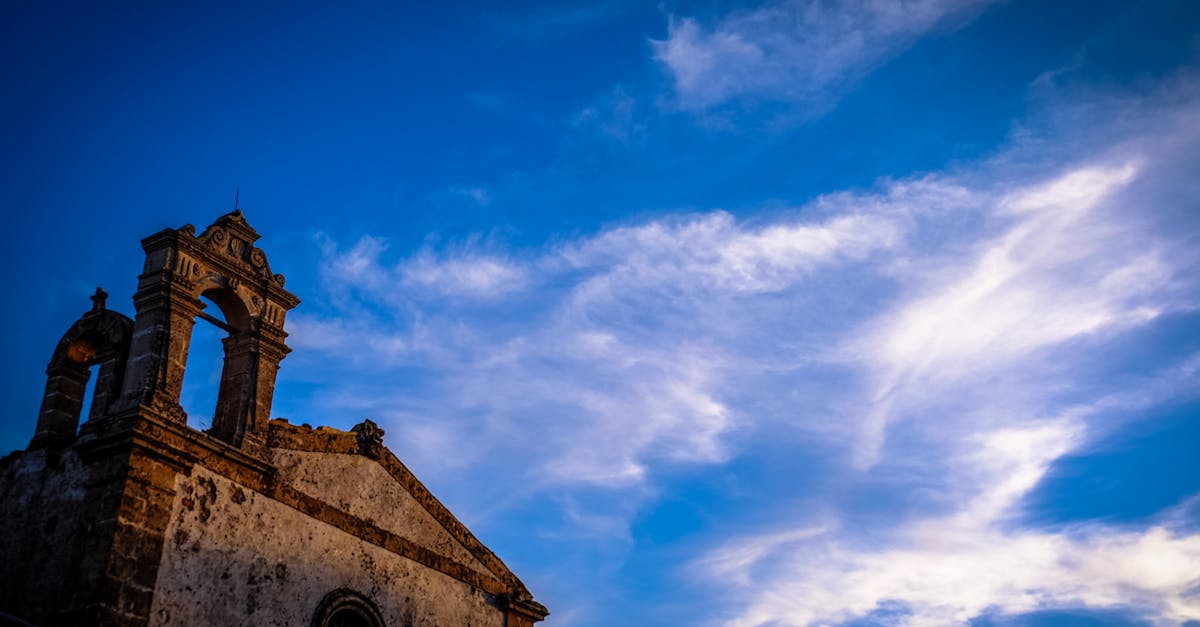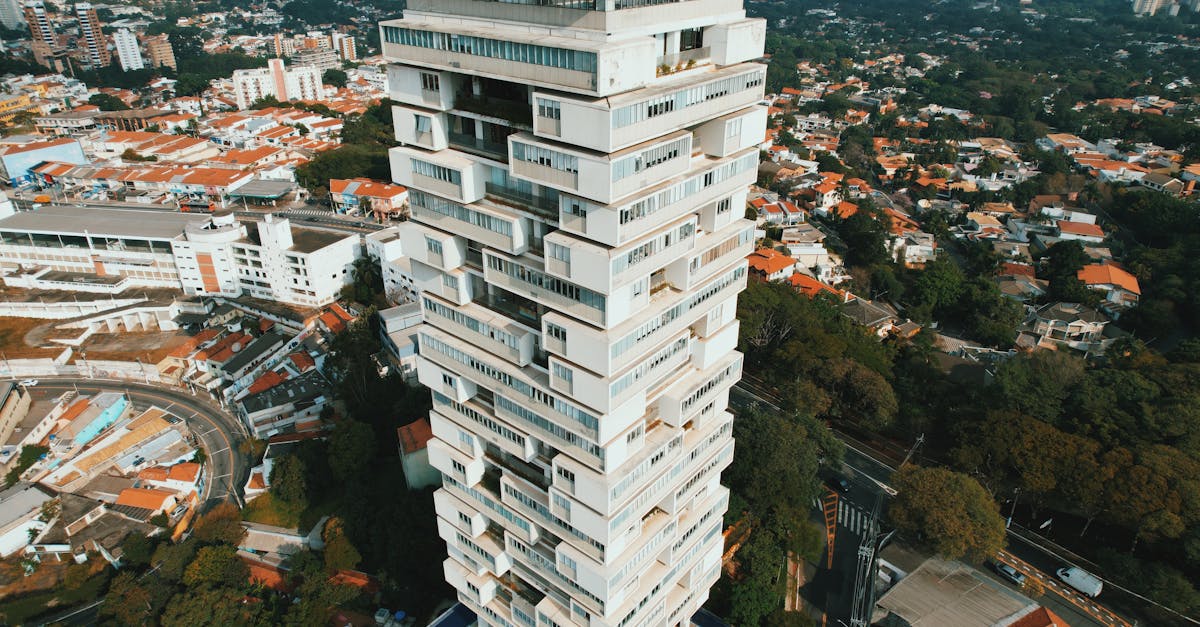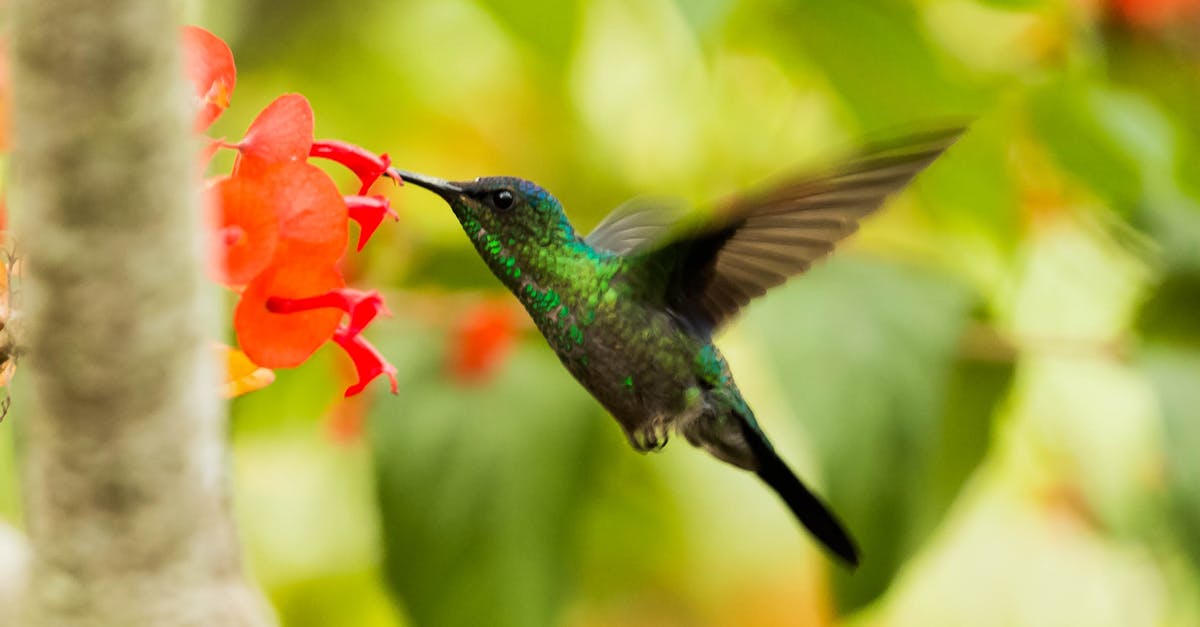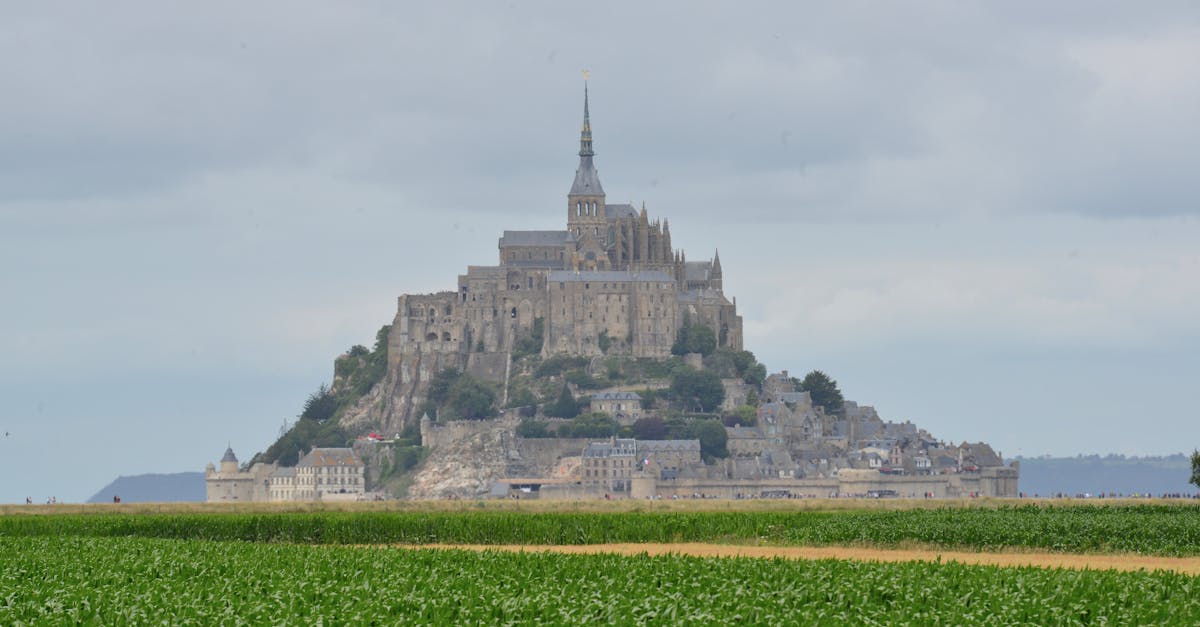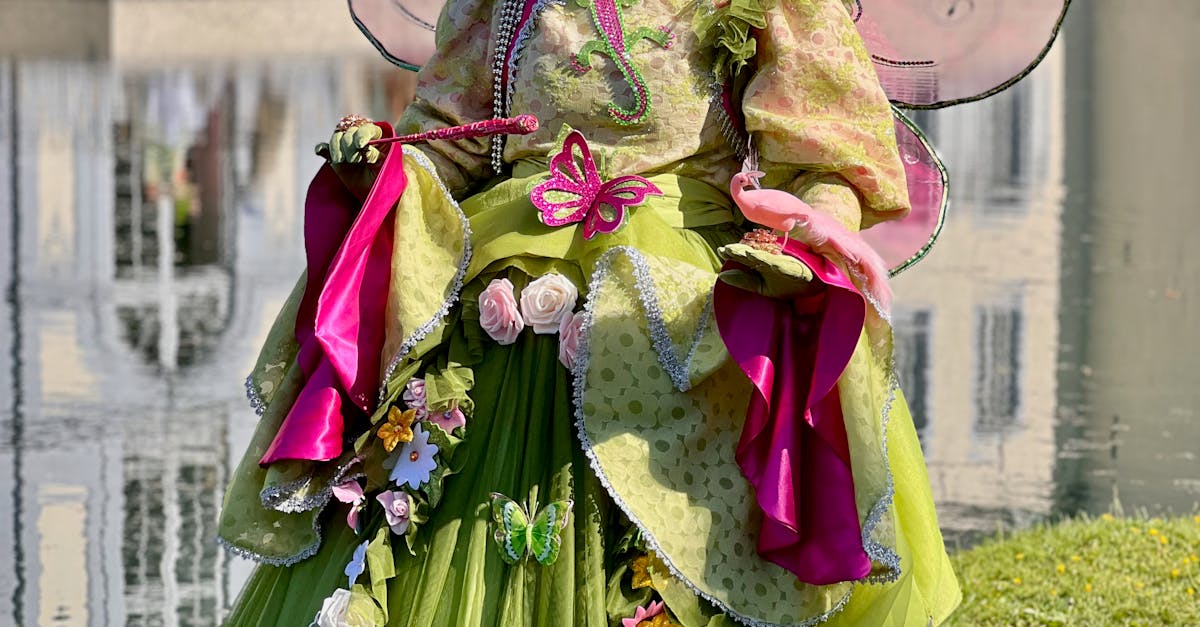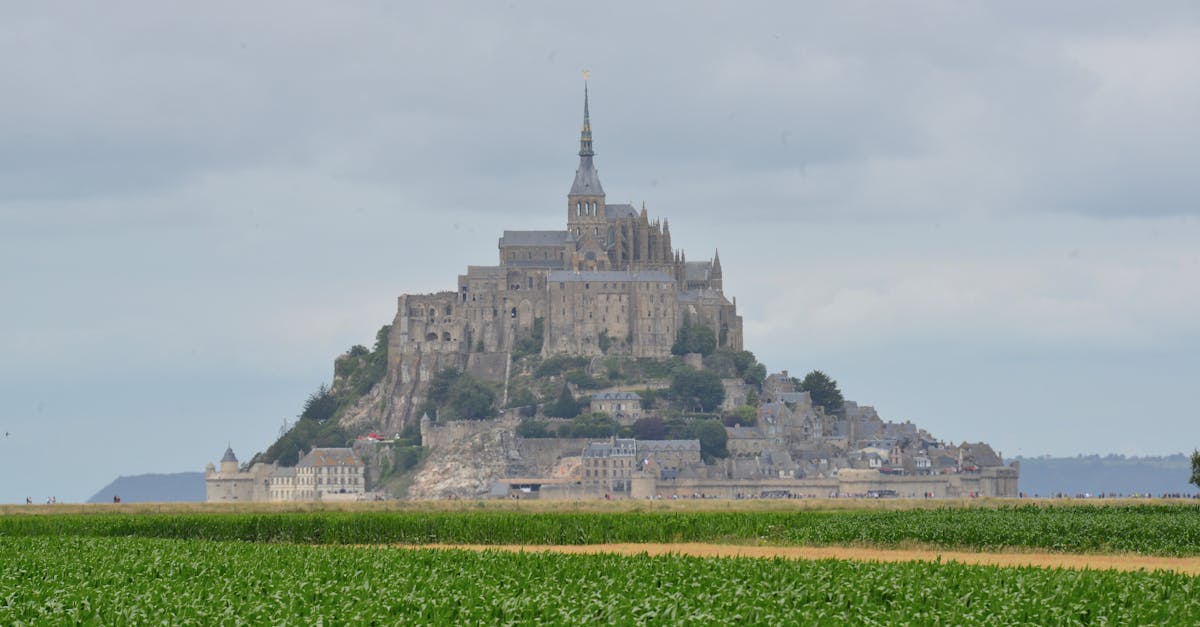Bonsai: Where Nature and Art Intertwine

In the heart of Asia, nestled amidst the bustling metropolises and ancient traditions, lies the art of bonsai—a living, breathing testament to the delicate balance between nature and human creativity. Peter Chan, a legendary Hong Kong-based bonsai master, has dedicated his life to cultivating this art form, earning recognition as one of the most influential figures in the bonsai world.
Our journey into the world of Peter Chan and bonsai begins with a glimpse into the ancient origins of this art form, tracing its evolution across cultures and time. We explore the enduring allure of bonsai as a living art form, examining its profound cultural significance in Asian societies, where it represents harmony, patience, and the interconnectedness of life.
Join us as we delve into Peter Chan’s life and work, discovering the influences that shaped his artistic journey and the unique characteristics of his celebrated bonsai style. We will examine the deep cultural significance of bonsai in Asian societies, exploring its role in Chinese philosophy, art, literature, and Japanese Zen Buddhism. Through the story of Peter Chan, we will witness the legacy of a true master, whose dedication and artistry continue to inspire future generations of bonsai enthusiasts.
1. The Art of Bonsai: A Journey Through Time
Bonsai, the art of cultivating miniature trees in containers, has a rich and ancient history, with roots in China and Japan. The earliest known examples of bonsai can be traced back to the Tang Dynasty in China (618-907 AD), where they were known as “penjing” and were used as decorative elements in gardens and palaces.
Over time, bonsai spread to Japan, where it was refined and developed into a distinct art form. During the Edo period (1603-1868), bonsai became increasingly popular among the Japanese elite, and it was during this time that many of the techniques and styles that are still used today were developed.
Bonsai has since spread to all corners of the globe, and it is now practiced by enthusiasts in every continent. It continues to captivate people with its unique combination of nature and art, and it is widely regarded as a living, breathing symbol of harmony, balance, and the interconnectedness of all things.
Bonsai in Ancient China and Japan
The art of bonsai, as we know it today, has its roots in two ancient traditions: Chinese penjing and Japanese saikei.
Penjing, which literally means “tray landscape,” originated in China over a thousand years ago. It is a form of miniature gardening that uses trees, rocks, and other natural elements to create a living landscape in a container. Penjing is often used to represent famous mountains or other natural landmarks, and it is highly valued for its ability to bring the beauty of nature indoors.
Saikei, on the other hand, is a Japanese art form that developed independently of penjing. It also uses trees and other natural elements to create miniature landscapes, but it is typically more abstract and less focused on representing specific natural scenes. Saikei is often used to express the artist’s own personal feelings and emotions, and it is highly valued for its simplicity and elegance.
When bonsai was introduced to Japan from China, it was influenced by both penjing and saikei. The Japanese adopted many of the techniques and principles of penjing, but they also added their own unique touches, such as a greater emphasis on asymmetry and the use of more naturalistic materials. The result is a uniquely Japanese art form that is both beautiful and sophisticated.
Bonsai as a Reflection of Nature
Bonsai is often described as a “living sculpture,” and one of the most important aspects of bonsai aesthetics is the way in which it reflects nature. Bonsai artists strive to create miniature landscapes that are not only beautiful, but also realistic and true to life.
There are a number of principles that bonsai artists follow in order to achieve this goal. One of the most important is scale. Bonsai trees are typically much smaller than their full-sized counterparts, but they must still maintain the same proportions and overall shape. This requires careful pruning and training of the tree, as well as the use of appropriate containers and accessories.
Another important principle is balance. Bonsai trees should be balanced both visually and physically. This means that the tree should have a strong central trunk and a well-developed root system. The branches should be arranged in a harmonious way, and the overall composition should be pleasing to the eye.
Finally, bonsai artists strive to represent natural landscapes in their work. This can be done through the use of different types of trees, rocks, and other natural elements. The artist may also use techniques such as carving and wiring to create the desired effect.
2. Peter Chan: An Icon in the Bonsai World

Peter Chan is one of the most celebrated bonsai masters in the world. He is known for his exceptional artistry and dedication to the art form, and his work has been exhibited in museums and galleries around the globe.
Chan was born in Hong Kong in 1939, and he began practicing bonsai at the age of 14. He quickly developed a passion for the art form, and he spent many years studying with some of the most renowned bonsai masters in China and Japan. In 1971, Chan opened his own bonsai nursery in Hong Kong, and he has since become one of the most sought-after bonsai teachers in the world.
Chan’s bonsai are known for their beauty, elegance, and realism. He is particularly skilled at creating miniature landscapes that capture the essence of nature. Chan’s work has been featured in numerous publications, and he has received many awards for his artistry. In 2003, he was awarded the prestigious Order of the British Empire (OBE) for his contributions to the art of bonsai.
Peter Chan’s Early Influences
Peter Chan’s journey as a bonsai artist was shaped by a number of mentors and inspirations. One of his most important early influences was his father, who was also a bonsai enthusiast. Chan began practicing bonsai with his father at the age of 14, and he quickly developed a passion for the art form.
Another major influence on Chan’s work was the Japanese bonsai master Masahiko Kimura. Kimura was one of the most influential bonsai artists of the 20th century, and his work is known for its naturalism and elegance. Chan studied with Kimura for several years, and he credits Kimura with teaching him the importance of patience and observation.
In addition to his mentors, Chan was also inspired by the natural beauty of his surroundings. He spent many hours studying the trees and landscapes of Hong Kong, and he often incorporated elements of these natural landscapes into his bonsai. As a result, his work is often characterized by a strong sense of place.
The Chan Style: A Unique Interpretation
Peter Chan’s bonsai style is characterized by its naturalism, elegance, and attention to detail. Chan’s trees often have a strong sense of movement, and they appear to be growing in their natural habitat. He achieves this effect through the use of a variety of techniques, including careful pruning, wiring, and rootwork.
One of the most distinctive features of Chan’s bonsai is their use of literati style. Literati style is a type of bonsai that emphasizes the beauty of simplicity and asymmetry. Chan’s literati bonsai are often characterized by their long, slender trunks and sparse foliage. They often have a sense of age and wisdom, and they convey a sense of peace and tranquility.
Chan also uses a variety of other techniques to create his unique bonsai style. He often uses deadwood to add character and interest to his trees. He also uses a variety of carving and sculpting techniques to create unique and beautiful forms. As a result of his skill and artistry, Chan’s bonsai are highly sought-after by collectors and enthusiasts around the world.
3. Bonsai as a Cultural Symbol in Asia
Bonsai is more than just a horticultural practice in Asia; it is a cultural symbol that embodies the region’s values and beliefs. Bonsai trees are often seen as representations of harmony, patience, and the interconnectedness of life.
In China, bonsai is known as “penjing,” and it has been practiced for centuries. Penjing is often used to represent famous mountains or other natural landmarks, and it is highly valued for its ability to bring the beauty of nature indoors. In Japan, bonsai is known as “saikei,” and it is often used to express the artist’s own personal feelings and emotions. Saikei is highly valued for its simplicity and elegance.
In both China and Japan, bonsai is seen as a way to connect with nature and to find inner peace. Bonsai trees are often used in meditation and other spiritual practices. They are also seen as a symbol of good luck and prosperity.
Bonsai in Chinese Culture
Bonsai has a long and rich history in Chinese culture, dating back to the Han Dynasty (206 BCE – 220 CE). During this time, bonsai trees were often used as decorative elements in gardens and palaces. They were also used in religious ceremonies and as a way to connect with nature.
In Chinese philosophy, bonsai is seen as a symbol of longevity, resilience, and the pursuit of perfection. Bonsai trees are often given as gifts to symbolize these qualities. They are also used in feng shui, the Chinese art of placement, to bring balance and harmony to a space.
Bonsai has also been a popular subject in Chinese art and literature for centuries. Bonsai trees are often depicted in paintings and sculptures, and they are mentioned in poems and stories. Bonsai is seen as a way to capture the beauty of nature in a small and manageable form.
Bonsai in Japanese Culture
Bonsai has a deep connection to Japanese Zen Buddhism. Zen Buddhism emphasizes the importance of living in the present moment and finding beauty in the simple things in life. Bonsai trees are seen as a way to embody these principles.
Bonsai trees are often used in Zen meditation and other spiritual practices. They are seen as a way to connect with nature and to find inner peace. Bonsai trees are also used to teach the importance of patience and perseverance. The slow and careful process of caring for a bonsai tree can help people to develop these qualities.
Bonsai is also seen as a symbol of the ephemeral nature of life. Bonsai trees are often small and delicate, and they can easily be damaged or killed. This is a reminder that life is precious and that we should珍惜 every moment.
4. The Legacy of Peter Chan: Inspiring Future Generations
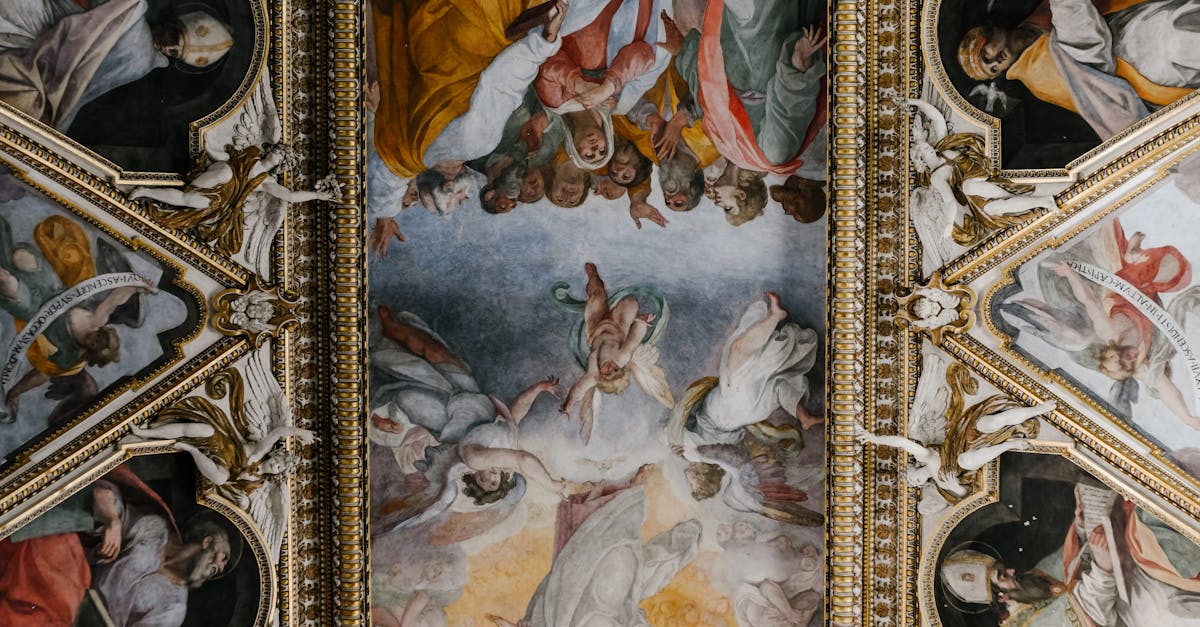
Peter Chan is one of the most influential bonsai artists of all time. He has taught and inspired countless students over the years, and his work has been exhibited in museums and galleries around the world. Chan’s teaching philosophy is based on the principles of patience, observation, and intuition.
Chan believes that the best way to learn bonsai is to observe nature and to practice regularly. He encourages his students to spend time studying the trees and landscapes around them. He also encourages them to experiment with different techniques and to develop their own unique style.
Chan’s impact on the bonsai community has been profound. He has helped to raise the profile of bonsai and to make it a more accessible art form. He has also inspired a new generation of bonsai artists to pursue their passion.
Peter Chan’s Teaching Approach
Peter Chan’s teaching approach is unique in its emphasis on patience, observation, and the development of an intuitive understanding of bonsai. Chan believes that the best way to learn bonsai is to observe nature and to practice regularly. He encourages his students to spend time studying the trees and landscapes around them. He also encourages them to experiment with different techniques and to develop their own unique style.
Chan believes that patience is essential in bonsai. Bonsai trees take time to grow and develop, and it is important to be patient with the process. Chan also encourages his students to be observant. By observing the trees and landscapes around them, students can learn a great deal about the art of bonsai.
Finally, Chan believes that it is important for bonsai artists to develop an intuitive understanding of the art form. This can only be achieved through practice and experience. Chan encourages his students to experiment with different techniques and to find their own unique style.
Bonsai Exhibitions and Competitions
Bonsai exhibitions and competitions play a significant role in promoting the art form and recognizing the achievements of skilled bonsai artists like Peter Chan. These events provide a platform for artists to showcase their work, exchange ideas, and learn from each other. They also help to raise the profile of bonsai and to attract new enthusiasts to the art form.
Bonsai exhibitions are typically held in museums, galleries, and botanical gardens. They can range in size from small, local events to large, international exhibitions. Bonsai competitions are often held in conjunction with exhibitions, and they provide artists with an opportunity to compete for prizes and recognition.
Peter Chan has participated in numerous bonsai exhibitions and competitions throughout his career. He has won many awards for his work, including the prestigious Prime Minister’s Award at the Japan Bonsai Taikan Exhibition. Chan’s participation in these events has helped to raise the profile of bonsai and to inspire a new generation of bonsai artists.
5. Bonsai: A Living Art, a Cultural Heritage
Bonsai, the art of cultivating miniature trees in containers, is a living art form that has captivated people for centuries. It is a unique blend of nature and art, and it offers a myriad of benefits to those who practice it.
Bonsai transcends cultural boundaries, and it is practiced by people all over the world. It is a popular hobby for people of all ages and backgrounds, and it can be enjoyed by people from all walks of life. Bonsai is a great way to connect with nature, and it can also be a very rewarding and meditative practice.
Caring for a bonsai tree requires patience, observation, and skill. It is a great way to learn about the delicate balance of nature, and it can also help to develop a sense of mindfulness and appreciation for the beauty of the natural world. Bonsai is a living art form that can be enjoyed by people of all ages and backgrounds. It is a great way to connect with nature, and it can also be a very rewarding and meditative practice.
Bonsai as a Mindfulness Practice
Caring for bonsai can be a very therapeutic and meditative practice. The slow and deliberate movements involved in watering, pruning, and shaping a bonsai tree can help to promote focus and reduce stress. Bonsai can also be a great way to connect with nature and to appreciate the beauty of the natural world.
Studies have shown that caring for bonsai can have a number of benefits for overall well-being, including:
- Reduced stress and anxiety
- Improved focus and concentration
- Increased sense of calm and relaxation
- Greater appreciation for nature
- Improved mood
If you are looking for a way to improve your mental and physical health, caring for bonsai is a great option. It is a low-impact activity that can be enjoyed by people of all ages and abilities. Bonsai can be a great way to relax and de-stress, and it can also help to improve your overall well-being.
Preserving Bonsai as a Cultural Heritage
Bonsai is a cultural heritage that has been passed down from generation to generation for centuries. It is an important part of the cultural identity of many countries, and it is a valuable source of knowledge and inspiration for people all over the world.
There are a number of reasons why it is important to safeguard bonsai as a cultural heritage. First, bonsai is a unique and beautiful art form that deserves to be preserved for future generations to appreciate and enjoy. Second, bonsai is a valuable source of knowledge about nature and the environment. By studying bonsai, we can learn about the delicate balance of nature and the importance of preserving our natural resources. Third, bonsai is a meditative and therapeutic practice that can benefit people of all ages and backgrounds. By caring for bonsai, we can learn to be more patient, observant, and appreciative of the beauty of the natural world.
There are a number of ways to help preserve bonsai as a cultural heritage. One important way is to support organizations that are dedicated to promoting and preserving bonsai. These organizations work to educate the public about bonsai, to provide resources for bonsai artists, and to protect bonsai trees from pests and diseases. Another important way to preserve bonsai is to practice it yourself. By caring for bonsai, you can help to keep this ancient art form alive and well for future generations to enjoy.
What is the best way to learn bonsai?
The best way to learn bonsai is to observe nature and to practice regularly. Find a local bonsai club or society, or take a class from a qualified bonsai teacher.
How often should I water my bonsai tree?
The frequency with which you water your bonsai tree will depend on a number of factors, such as the type of tree, the size of the pot, and the climate. As a general rule, you should water your bonsai tree when the soil feels dry to the touch.
How do I know if my bonsai tree is healthy?
A healthy bonsai tree will have strong, healthy roots, a sturdy trunk, and healthy leaves. The leaves should be a deep green color and should not be wilting or yellowing.
What are some common pests and diseases that affect bonsai trees?
Some common pests and diseases that affect bonsai trees include aphids, mealybugs, spider mites, and fungal diseases. It is important to regularly inspect your bonsai tree for pests and diseases and to treat them promptly if necessary.
How can I prevent my bonsai tree from dying?
There are a number of things you can do to prevent your bonsai tree from dying, such as watering it regularly, fertilizing it, and protecting it from pests and diseases. It is also important to repot your bonsai tree every few years to ensure that it has fresh soil and nutrients.

